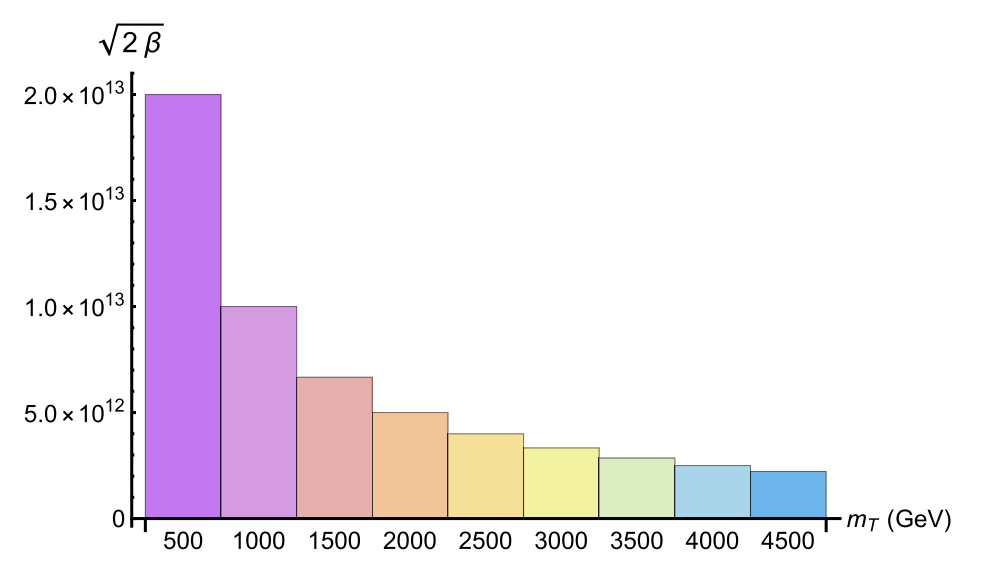2025-06-03 中国科学院(CAS)

Fig. 2 Light curves and TTV pattern of the transiting planet Kepler-725b. The TTV inversion reveals the presence of an additional super-Earth, Kepler-725c, in the system. (Image by GU Shenghong)
<関連情報>
- https://english.cas.cn/newsroom/research_news/phys/202506/t20250603_1044913.shtml
- https://www.nature.com/articles/s41550-025-02565-z
太陽に似た恒星ケプラー725の周囲にある、地球質量を10個持つ温帯太陽系外惑星 A temperate 10-Earth-mass exoplanet around the Sun-like star Kepler-725
L. Sun,S. Gu,X. Wang,J. H. M. M. Schmitt,P. Ioannidis,M. B. N. Kouwenhoven,J. Dou & G. Zhao
Nature Astronomy Published:03 June 2025
DOI:https://doi.org/10.1038/s41550-025-02565-z
Abstract
The detection of low-mass exoplanets (≤10 Earth masses (M⊕)) yields fundamental inputs for current theories of planet formation and evolution, and supplies critical information for the planned direct-imaging missions that aim to detect and characterize Earth-like planets in the habitable zones around solar-like stars. However, the most efficient detection techniques available for low-mass exoplanets (that is, photometric transit and radial velocity methods) are heavily biased towards the detection of short-period planets (for example, ≤100 days) and strongly favour late-type stars. Here we report the discovery of Kepler-725 c, a 10 ± 3 M⊕ exoplanet within the habitable zone of the late G-type dwarf Kepler-725. Through analysis of the transit timing variations of the relatively short-period (39.64 days) warm Jupiter Kepler-725 b, we find that Kepler-725 c has a period of 207.5 days and travels in an eccentric orbit (with an eccentricity of 0.44 ± 0.02 and an orbital semi-major axis of 0.674 ± 0.002 au), receiving a time-averaged insolation of 1.4 times the Earth’s value. This discovery demonstrates that the transit timing variation method enables the detection and accurate mass measurement of a super-Earth/mini-Neptune within a solar-like star’s habitable zone. Similar searches for such exoplanets could be conducted in other exoplanetary systems in the era of the Transiting Exoplanet Survey Satellite mission and upcoming PLAnetary Transits and Oscillations of stars and Earth 2.0 missions.



